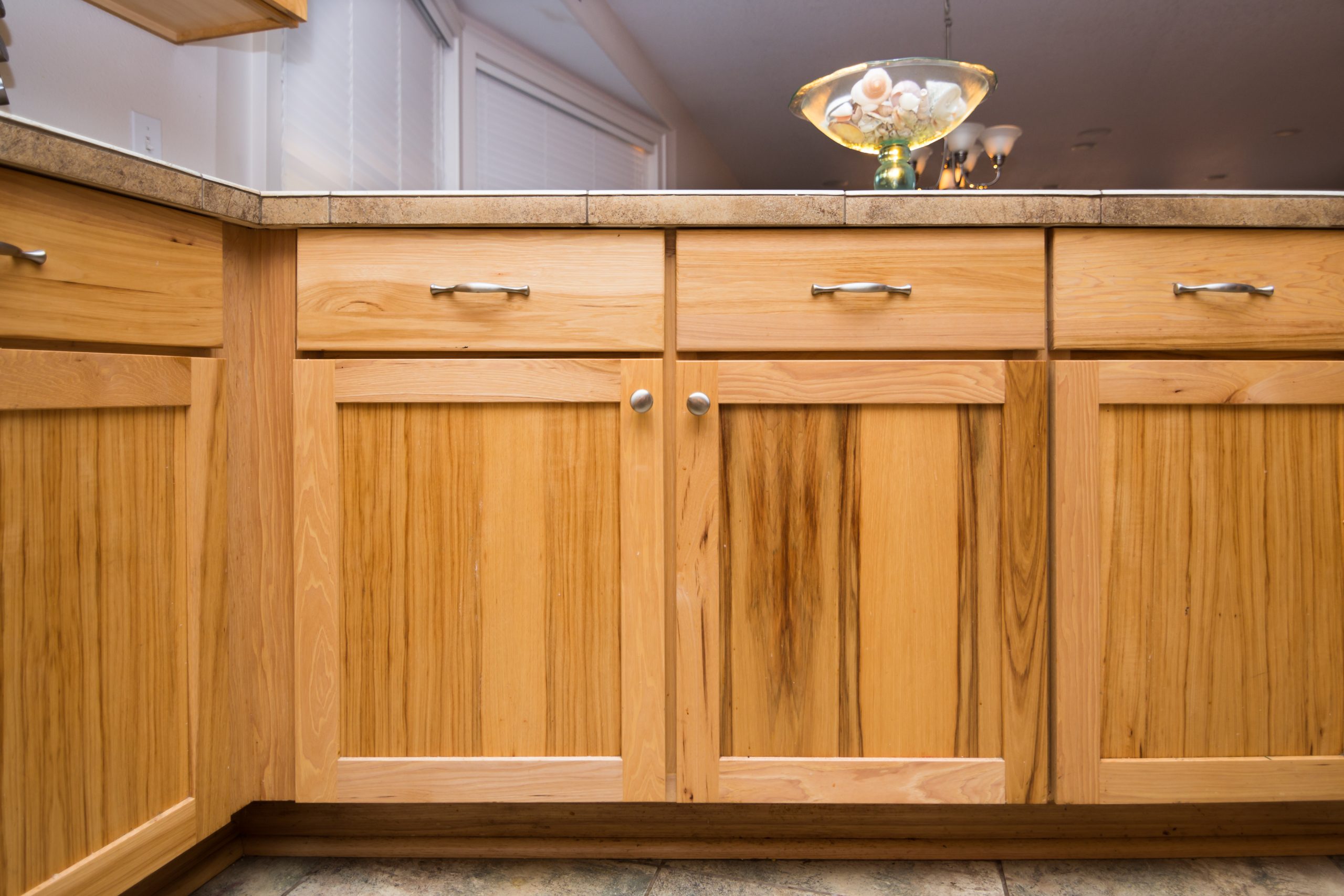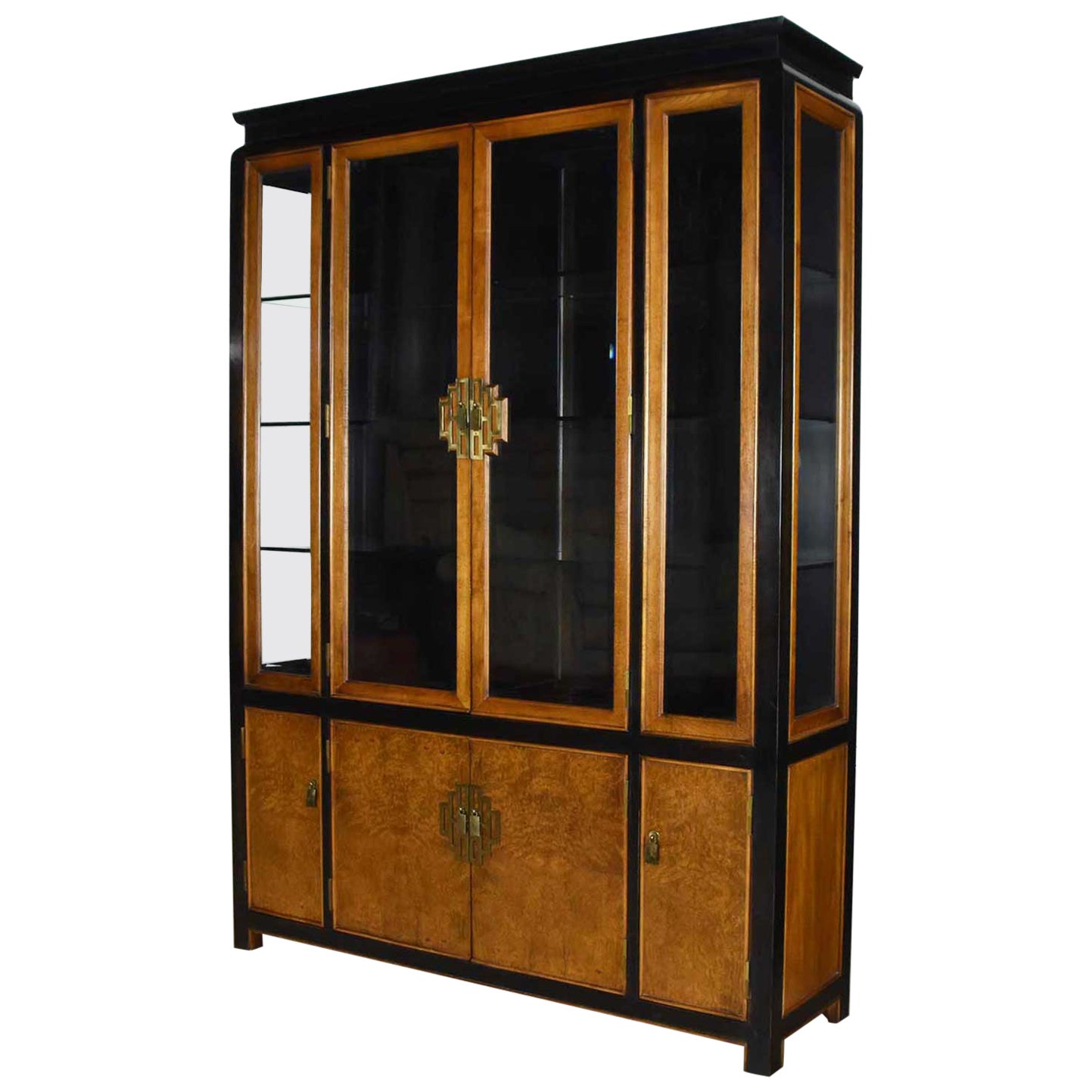The Allure of Maple Wood: Maple Wood China Cabinet

Maple wood, with its captivating grain patterns and remarkable strength, has long been a favorite choice for furniture makers. Its versatility and enduring beauty have cemented its place in the world of woodworking, particularly for crafting elegant and sturdy cabinetry.
Maple Wood’s Distinctive Characteristics
Maple wood boasts a unique combination of qualities that make it an exceptional material for furniture construction. Its inherent strength and durability ensure that maple cabinets can withstand the test of time, while its aesthetic appeal adds a touch of sophistication to any space.
- Strength and Durability: Maple wood is known for its exceptional hardness and resistance to wear and tear. This makes it an ideal choice for high-traffic areas and pieces that will see frequent use, such as cabinets. Its density also contributes to its sturdiness, ensuring that maple cabinets can support heavy loads and maintain their structural integrity for years to come.
- Aesthetic Appeal: Maple wood possesses a distinctive grain pattern that adds a touch of natural beauty to any piece of furniture. Its light color and subtle variations in grain create a sense of warmth and elegance, making it a popular choice for traditional and contemporary designs alike.
- Workability: Maple wood is relatively easy to work with, allowing for intricate designs and detailed carvings. Its smooth surface and consistent texture make it ideal for creating polished and refined finishes.
Maple Wood in Furniture Making
Maple wood’s exceptional qualities have made it a favored material for crafting a wide range of furniture, including cabinets. Its strength and durability ensure that maple cabinets can withstand the rigors of everyday use, while its aesthetic appeal adds a touch of elegance to any room.
- Cabinets: Maple wood’s durability and beautiful grain patterns make it an ideal choice for crafting cabinets. Its strength ensures that maple cabinets can withstand the weight of dishes and other items, while its aesthetic appeal adds a touch of elegance to any kitchen or dining room.
- Tables: Maple wood’s strength and durability make it a popular choice for crafting tables. Its smooth surface and consistent texture make it ideal for creating polished and refined finishes, while its light color and subtle variations in grain add a touch of elegance to any dining room or living room.
- Dressers and Vanities: Maple wood’s beauty and durability make it a popular choice for crafting dressers and vanities. Its smooth surface and consistent texture make it ideal for creating polished and refined finishes, while its light color and subtle variations in grain add a touch of elegance to any bedroom or bathroom.
Finishes and Stains for Maple Wood
Maple wood’s natural beauty can be further enhanced with a variety of finishes and stains. These treatments can highlight the wood’s grain patterns, add depth and richness to its color, and protect it from wear and tear.
- Natural Finishes: Natural finishes, such as oil and wax, allow the wood’s natural beauty to shine through. They enhance the grain patterns and provide a protective layer without obscuring the wood’s color.
- Stains: Stains can be used to alter the color of maple wood, creating a variety of looks. They can be used to darken the wood, add a warm tone, or create a distressed look.
- Polyurethane: Polyurethane is a durable and protective finish that can be applied to maple wood. It provides a clear, glossy finish that protects the wood from scratches, water damage, and UV rays.
The History and Significance of China Cabinets

China cabinets, also known as display cabinets or hutch cabinets, have a rich history that reflects the evolution of storage and display practices throughout the centuries. From their humble beginnings as simple storage units to their transformation into decorative statement pieces, china cabinets have played a significant role in shaping our understanding of domestic spaces and the value we place on both practicality and aesthetics.
The Origins and Evolution of China Cabinets
The origins of china cabinets can be traced back to the 17th century, with the rise of European trade with the East. During this period, European merchants brought back a wide variety of exotic goods, including porcelain, which became highly prized for its beauty and craftsmanship. To display and protect these valuable possessions, early china cabinets were typically simple, freestanding units with glass doors and shelves.
- 17th Century: Early china cabinets were often made of wood, such as oak or walnut, and featured simple designs with glass doors and shelves. They served primarily as functional storage units for valuable china and other delicate items.
- 18th Century: As the popularity of porcelain grew, china cabinets became more elaborate, with ornate carvings, decorative hardware, and intricate designs. This period saw the emergence of styles such as the Queen Anne and Chippendale, characterized by their elegant curves and graceful proportions.
- 19th Century: The Victorian era witnessed a surge in the popularity of china cabinets, with a wide variety of styles emerging, including Gothic Revival, Rococo Revival, and Eastlake. These cabinets often featured elaborate ornamentation, stained glass, and intricate detailing.
- 20th Century: The 20th century saw a shift towards more streamlined and functional designs, with the rise of Art Deco and Modern styles. These cabinets often featured geometric patterns, clean lines, and a focus on simplicity and functionality.
Maple Wood China Cabinets

Maple wood china cabinets are a testament to the enduring appeal of natural beauty and timeless craftsmanship. They blend the warmth and elegance of maple wood with the functionality of a classic piece of furniture, creating a statement in any home.
Styles of Maple Wood China Cabinets
The versatility of maple wood allows for a wide range of styles, each reflecting a unique aesthetic.
| Style | Characteristics |
|---|---|
| Traditional | Often features ornate carvings, intricate details, and a classic silhouette. They are typically made with solid maple wood and finished with a rich, warm stain. |
| Contemporary | Characterized by clean lines, minimalist design, and a focus on functionality. They may feature open shelving, glass doors, and a sleek, modern finish. |
| Eclectic | Blends elements of different styles, creating a unique and personalized look. They may incorporate traditional features like carved details with contemporary elements like metal accents or glass panels. |
Craftsmanship in Maple Wood China Cabinets
Maple wood china cabinets are a testament to the artistry and skill of woodworkers. Each piece is meticulously crafted, showcasing the intricate details and techniques that make these cabinets so special.
- Carving: Intricate carvings are often featured on traditional maple wood china cabinets, adding depth and dimension to the design. Skilled woodworkers use hand tools to create intricate patterns and motifs, showcasing their mastery of the craft.
- Joinery: The construction of a maple wood china cabinet involves precise joinery techniques, ensuring strength and durability. Mortise and tenon joints, dovetail joints, and other traditional methods are used to create a sturdy and lasting piece of furniture.
- Finishing: The final touch is the finishing process, which enhances the beauty of the maple wood and protects it from wear and tear. The finish can range from a natural oil to a rich, dark stain, depending on the desired aesthetic.
A Visual Representation of a Maple Wood China Cabinet
Imagine a china cabinet crafted from warm, honey-toned maple wood. Its graceful silhouette features elegant curves and intricate carvings that accentuate the natural beauty of the wood. The cabinet is adorned with glass doors that showcase a collection of fine china, each piece gleaming under the soft glow of internal lighting. The cabinet rests on a sturdy base, meticulously crafted with dovetail joints, ensuring its durability for generations to come.
A maple wood china cabinet, with its warm, natural beauty, can be a stunning focal point in any room. But even a small bedroom can be transformed into a sanctuary with a king-size bed, offering ample space for rest and rejuvenation.
If you’re facing the challenge of decorating a small bedroom with a king-size bed, check out these space-saving solutions to create a harmonious balance. Just as the china cabinet displays cherished possessions, a well-designed bedroom reflects your inner peace and harmony.
A maple wood china cabinet, with its warm hues and intricate carvings, can bring a touch of elegance to any room. But in a small bedroom, where space is precious, it’s essential to consider the principles of feng shui to create a harmonious and inviting environment.
Perhaps a smaller, more streamlined cabinet, or one with open shelves, would better serve the energy flow of the room, allowing for a sense of spaciousness and tranquility.
